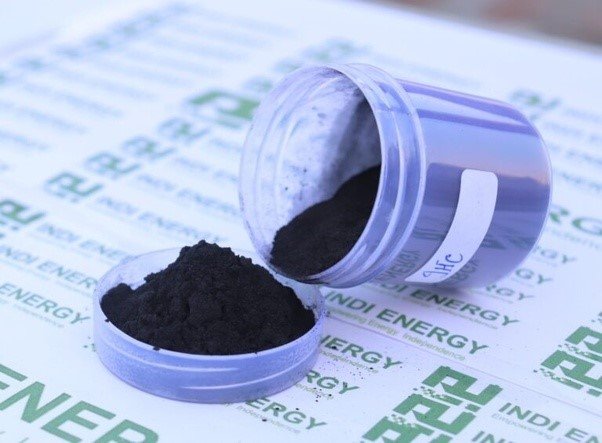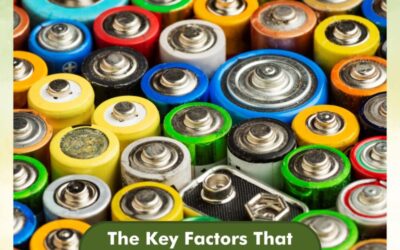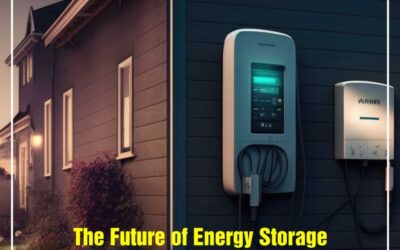
Learn about the future of battery storage technology along with a glance at how Indi Energy’s sodium-ion batteries are ready to challenge the titan of energy storage technology, lithium-ion batteries.
What is the future of battery technology? Are sodium ion batteries ready to step up to the challenge? Or will the undisputed heavyweight champion, lithium-ion batteries, continue to reign supreme? As the demand for sustainable energy storage solutions continues to rise, the debate over the future of battery technology has intensified. In this blog post, we will explore the current status of lithium-ion batteries and sodium-ion batteries, discussing their availability, performance, and environmental impact. We’ll also shed light on the reasons behind lithium-ion batteries’ dominance and the emerging potential of sodium-ion batteries as a sustainable alternative. So, let’s dive in!
Why are lithium-ion batteries so common?
Lithium-ion batteries, the current market leader, have enjoyed a significant head start over their sodium-ion counterparts. With a history dating back to the 1970s, lithium-ion technology has continuously evolved, culminating in its commercialization in 1991 with Sony’s camcorder battery. These batteries became popular due to their compact size, lightweight nature, and longer run times. Consequently, they became ubiquitous in portable electronics, electric vehicles, and various other applications.
Is it true that lithium will run out by 2025?
Global lithium reserves are estimated to be over 14 million tons! So, no, lithium isn’t going anywhere anytime soon. But before you rejoice, have you ever thought about the impact of lithium mining and extraction? You have air pollution, water pollution, human rights abuse, soil degradation, loss of biodiversity, high GHG emissions, and increased global warming! And how about phones catching fire? Who knew that powering your phone could be such an explosive issue? This almost makes us wish lithium was running out.

What will happen when we run out of sodium too?
In contrast, sodium, as the sixth most abundant element on Earth, offers a promising alternative. Sodium-ion batteries can be extracted from seawater, which accounts for 70 percent of the sodium supply. This vast availability reduces the likelihood of running out of sodium. Companies like Indi Energy have leveraged sodium-ion technology, fueled by our biowaste and agricultural waste-derived hard carbon called BioBlack™, to deliver comparable performance to lithium-ion batteries.
Will lithium-ion batteries be replaced by sodium-ion batteries?
Indi Energy’s sodium ion batteries have exhibited stable performance across a broad temperature range, eliminating the risks of overheating, fires, or explosions associated with lithium-ion batteries. They have been successfully tested and approved for use in electric vehicles, solar and wind grid storage, stationary energy storage, backups for data centers and telecom, UPS/inverter batteries, and even small applications like toys and emergency lights. Furthermore, sodium-ion technology offers a sustainable solution.
By utilizing renewable energy sources, we are ushering in an era of clean, green, efficient, and affordable energy storage solutions. Indi Energy’s sodium ion batteries provide a compelling alternative to their lithium-ion counterparts, offering comparable performance while addressing the environmental concerns associated with lithium extraction and mining.
Indi Energy’s Sodium-Ion Batteries vs. Contemporary Storage Technologies
| Attributes | Indi Energy’s Sodium-ion batteries | Lithium-ion batteries | Lead-acid batteries |
| Reserves | Abundant | Scarce | Abundant |
| Sourcing | Environment-friendly | Non-eco friendly | Non-eco friendly |
| Battery Cost | Cheaper than Li-ion, Costlier than Lead-acid batteries | Most expensive | Cheapest |
| Temperature Stability | Wide temperature stability | Unstable at high temperatures | Wide temperature non-stability |
| Performance at Low Temperatures | Excellent performance | Poor performance | Reduced performance |
| Charging Speed | Rapid charging | Slow/Rapid charging | Slowest charging |
| Discharge Rate | Rapid | Limited long-term discharge | 50% discharge limit |
| Lifespan | Longest | Shorter | Shortest |
| Flammability | Non-flammable | Flammable | Flammable |
| Recycling | Recyclable | Difficult recycling | Easy recycling |
| Safety | Highly Safe | Unsafe | Unsafe if handled improperly |
| Energy Density | Lower than Li-ion but more than Lead-acid batteries | Highest | Lowest |
| Power Density | Almost similar to Li-ion batteries | Highest | Lowest |
| Energy Efficiency | Close to 90-95% | Nearly 100% | Close to 70% |
As the world grows weary of the environmental challenges posed by lithium-ion batteries, the emergence of Indi Energy’s sodium-ion batteries brings hope for a sustainable shift in battery technology. While lithium reserves are not running out anytime soon, the detrimental impacts of lithium extraction and mining cannot be ignored. Sodium-ion batteries, fueled by their abundant source and compatibility with various applications, have the potential to disrupt and replace lithium-ion technology.
Indi Energy stands at the forefront of this transformative movement, showcasing the viability and benefits of sodium-ion batteries. By prioritizing sustainability, cost-efficiency, and safety, sodium-ion technology offers a compelling alternative for energy storage needs. To learn more about Indi Energy’s revolutionary sodium-ion batteries, reach out to us and witness the electrifying future of battery technology.






